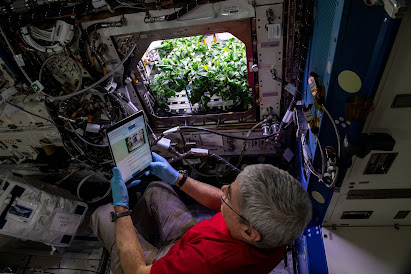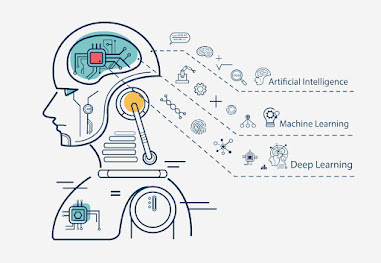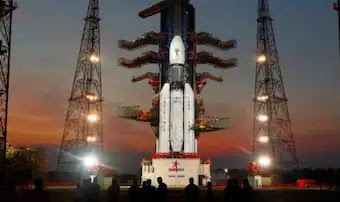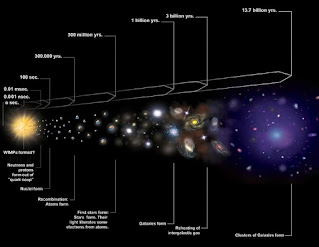The future of renewable energy
The future of renewable energy is looking bright as the world is gradually shifting away from fossil fuels and towards cleaner, more sustainable sources of power. Renewable energy has several advantages over traditional forms of energy, including its low impact on the environment, its cost-effectiveness, and its ability to reduce dependency on foreign oil.
Renewable energy technologies, such as solar, wind, hydroelectric, geothermal, and biomass, have been around for many years, but only recently have they become more accessible and economically viable. In the past decade, renewable energy capacity has grown at an unprecedented rate, and it is expected to continue to expand in the future.
Solar power is one of the fastest-growing renewable energy sources, and it is predicted to be the largest source of electricity by mid-century. According to the International Energy Agency (IEA), the world installed a record 139 gigawatts (GW) of solar power capacity in 2020, which is enough to power 30 million homes. The cost of solar panels has also decreased significantly over the years, making it more affordable for households and businesses to install them.
Wind power is another rapidly growing renewable energy source, and it is expected to be a major contributor to the world's electricity supply. The IEA predicts that wind energy capacity will increase four-fold by 2030, and it could provide over 30% of the world's electricity needs by 2050. Offshore wind farms are also becoming more popular, especially in Europe, where they have the potential to generate large amounts of energy.
Hydroelectric power has been around for over a century, and it remains an important source of renewable energy. Hydroelectric power plants generate electricity by using the power of falling water to turn turbines, and they can be found in many parts of the world. In 2020, hydroelectric power accounted for 16% of the world's electricity supply.
Geothermal energy is another form of renewable energy that is gaining popularity. Geothermal power plants use the heat from the earth's core to generate electricity, and they can be found in areas with high levels of geothermal activity, such as Iceland, the United States, and the Philippines. Biomass energy is generated by burning organic matter, such as wood, crops, and agricultural waste.
Biomass energy is considered a renewable energy source because the plants and trees used to create the fuel can be replanted and regrown. Biomass energy has the potential to provide a significant amount of the world's energy needs, especially in rural areas where other sources of energy may be limited.
The transition to renewable energy is not without its challenges. One of the biggest obstacles is the intermittency of some renewable energy sources, such as solar and wind. When the sun is not shining or the wind is not blowing, energy production from these sources can be affected. To address this issue, researchers are working on developing energy storage technologies, such as batteries and pumped hydro storage, that can store excess energy generated during peak production times and release it during periods of low production.
Another challenge is the need for infrastructure to support renewable energy sources. The construction of new transmission lines and other infrastructure is necessary to transport renewable energy from where it is produced to where it is needed. In some cases, this can be a costly and time-consuming process.
Despite these challenges, the future of renewable energy looks promising. Governments around the world are setting ambitious targets for renewable energy deployment, and investments in renewable energy are increasing. In 2020, global investments in renewable energy totaled $303.5 billion, which is the second-highest amount ever recorded.




.jpg)



%20(1080%20%C3%97%201300%20px)%20(1080%20%C3%97%201200%20px)%20(1080%20%C3%97%201100%20px)%20(1080%20%C3%97%201120%20px)%20(1).png)
.jpg)



.jpg)
.jpg)
.jpg)
.jpg)















